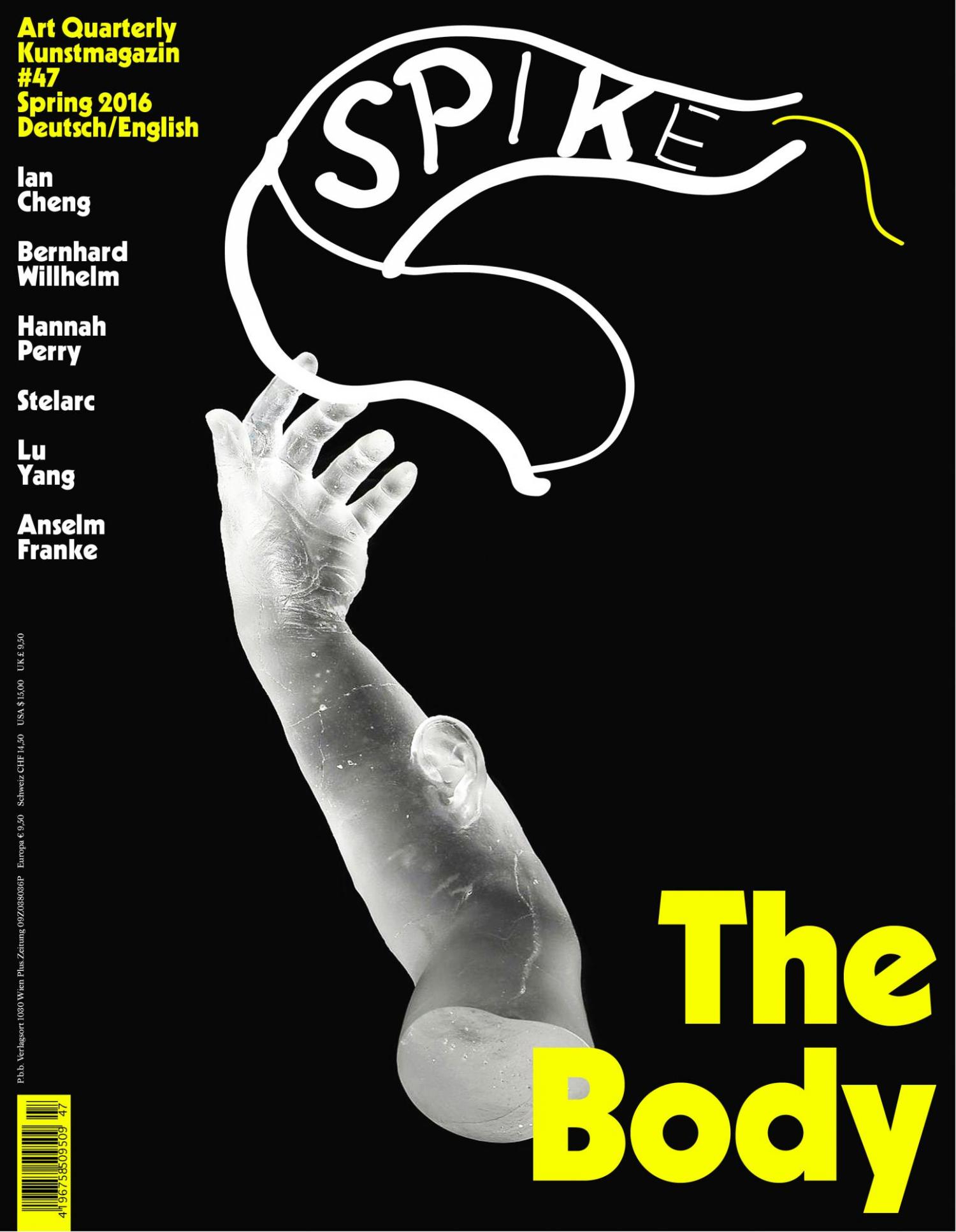Intro
Ian Cheng
Spike Magazine #47 Spring 2016
Excerpt interview:
"Gianni Jetzer: You studied cognitive science and then decided to become an artist. Both scientists and artists ask big questions such as: What is the fabric of reality made of? How can technology move society forward? Do you benefit from this dual experience?
Ian Cheng: Cognitive science remains in the background of all my work. It’s always there in the sense that I think about how art affects the mind and how you can trick the mind, rather than how to change the physical materiality of reality. When I studied cognitive science, I wanted to have tools to understand how people behave and think. After graduating, I found it hard to imagine myself inside a lab, doing research on one or two problems for the rest of my life. That idea felt very scary and removed from the world. Art can be a place where you have the freedom to choose your own problems, at whatever scale you wish. The legitimacy of art is measured on its capacity to offer perspective, no matter how experimental or imaginative, and that allows for a lot more freedom.
Your work was once described as “playing in a neuro-gym”. Can you relate to that image?
Yes, because I created that phrase [laughs]. My favorite artworks impose an immediate feeling or state in me. Even if the art contains complex ideas and perspectives, the force of that sensation becomes a portal into those perspectives. An artwork that invents a bodily feeling has a greater biological capacity to transmit complex ideas. I want my works to function that way too. The idea of the “neurological gym” implies that art can exercise a viewer’s mind, exercise pathways of feelings. It’s very hard for art to change the material world, but I think it can effectively change people’s minds, refactoring their relationship to that world."
